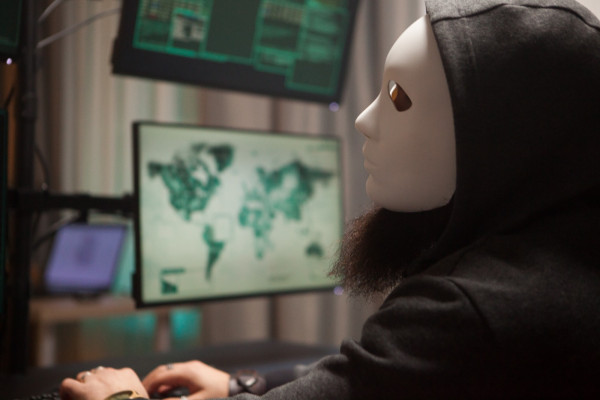The digital landscape has undergone a rapid transition towards remote work, driven by technological advancements and global events such as the COVID-19 pandemic. As of 2023, 12.7% of full-time employees work from home, and 16% of companies operate fully remote, indicating the rapid normalization of remote work environments. While remote work offers numerous benefits in terms of flexibility and productivity, it also presents a host of cybersecurity challenges that organizations must address to protect their data and systems. In this blog post, we will delve into the key elements of creating a resilient cybersecurity posture for remote work environments and explore best practices and solutions to mitigate cybersecurity risks.
Understanding the Cybersecurity Threat Landscape for Remote Work
Remote work environments present unique cybersecurity challenges that require specialized attention. Common attack vectors targeting remote workers include phishing attacks, malware infections, and vulnerabilities associated with unsecured Wi-Fi networks. Cybercriminals exploit these weaknesses to gain unauthorized access to sensitive data and disrupt business operations. Understanding these threats is crucial in developing effective cybersecurity strategies.
Key Elements of a Resilient Cybersecurity Posture
- Strong Authentication and Access Controls: Implementing strong authentication mechanisms, such as multi-factor authentication (MFA), and robust access controls helps prevent unauthorized access to systems and data.
- Endpoint and Device Security: Securing endpoints and devices used for remote work through regular updates, antivirus software, and endpoint protection solutions minimizes the risk of malware infections and data breaches.
- Data Encryption: Encrypting sensitive data both in transit and at rest ensures that even if data is intercepted, it remains unintelligible to unauthorized parties.
- Employee Education: Conducting regular cybersecurity training and awareness programs empowers employees to recognize and respond to potential threats effectively.
- Policy Enforcement and Compliance: Enforcing cybersecurity policies and ensuring compliance with industry regulations strengthens overall security posture and reduces the risk of non-compliance penalties.
Best Practices for Securing Remote Work Environments
- Secure VPN Connections: Utilizing secure Virtual Private Network (VPN) connections encrypts internet traffic and provides a secure channel for remote workers to access corporate resources.
- Multi-Factor Authentication (MFA): Enabling MFA adds an extra layer of security by requiring multiple forms of verification, such as a password and a one-time code sent to a mobile device.
- Secure Collaboration Tools: Adopting secure collaboration platforms with built-in security features, such as end-to-end encryption and access controls, ensures safe communication and file sharing among remote teams.
- Regular Security Training for Employees: Continuous training on cybersecurity best practices and emerging threats empowers employees to make informed security decisions and reduces the likelihood of falling victim to attacks.
Leveraging Cybersecurity Solutions and Services
In today’s dynamic digital landscape, where remote work has become the new norm, the importance of a robust cybersecurity posture cannot be overstated. This is where STL Digital’s expertise shines through, offering a comprehensive suite of cybersecurity solutions and services fortified by years of experience and a talent pool with niche expertise. At the core of STL Digital’s approach is the “5S” framework, meticulously designed to combat the ever-evolving threat landscape and empower businesses to outpace hackers.
Our “5S” approach encompasses Secure by design, Secure access, Secure by default, Secure development, and Secure operations. By embedding security into the core architecture and design principles, employing robust authentication methods, minimizing attack surfaces, integrating security measures throughout the software development lifecycle (SDLC), and implementing best practices for operating and maintaining systems and networks, STL Digital ensures an extra vigilant system that keeps organizations one step ahead of cyber threats.
In conclusion, establishing a resilient cybersecurity posture is paramount for organizations operating in remote work environments. By implementing strong authentication measures, securing endpoints, encrypting data, educating employees, and enforcing policies, organizations can effectively mitigate cybersecurity risks and safeguard their digital assets. However, cybersecurity is not a one-time task; it requires proactive vigilance and continuous improvement. Collaborating with trusted cybersecurity partners like STL Digital provides access to advanced solutions and expertise, enabling businesses to navigate the evolving threat landscape with confidence. Together, proactive measures and strategic partnerships ensure the success of remote work initiatives and protect organizations from potential cyber threats in the digital era.



